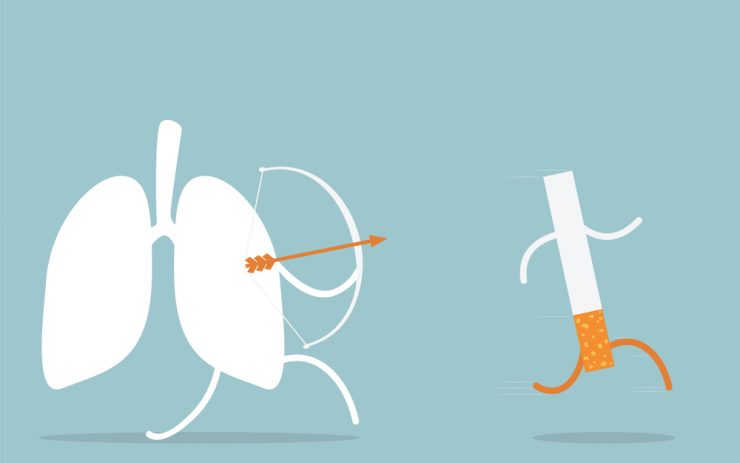Smoking is directly related to coronary heart disease, the leading cause of death in the United States. Hardening of the arteries, or atherosclerosis, is caused by a build-up of plaque on artery walls, which is caused by cigarette smoke. Toxins in the blood from more than 2,500 chemicals in cigarette smoke lead to the development of atherosclerosis. Heart attacks can occur when inflammation of the artery walls and blood clots interrupt blood flow.
High blood pressure and congestive heart failure are also related to cigarette smoking. Over 40,000 people die each year of congestive heart failure. Smoking increases blood pressure, which in turn makes the heart work harder. Several years ago, treatment options for congestive heart failure were slim, but new medications strengthen the heart and reduce the stress on it.
Such measures, however, only improve the quality of life if the smoking stops. The body does repair itself after a smoker quits. However, the type of damage done by heart disease is often irreversible. In many cases, ex-smokers develop heart disease long after they stop smoking. This is because the body was unable to repair damage to the heart muscle, despite the lapse of time from that last cigarette.
If a patient is willing to develop a healthier lifestyle, which includes quitting smoking and following a diet and exercise plan, the chances of survival increase tremendously. A physician will be able to help decide the best options and avenues to take, and will be able to prescribe the necessary medications to help the patient quit smoking, while monitoring progress.













